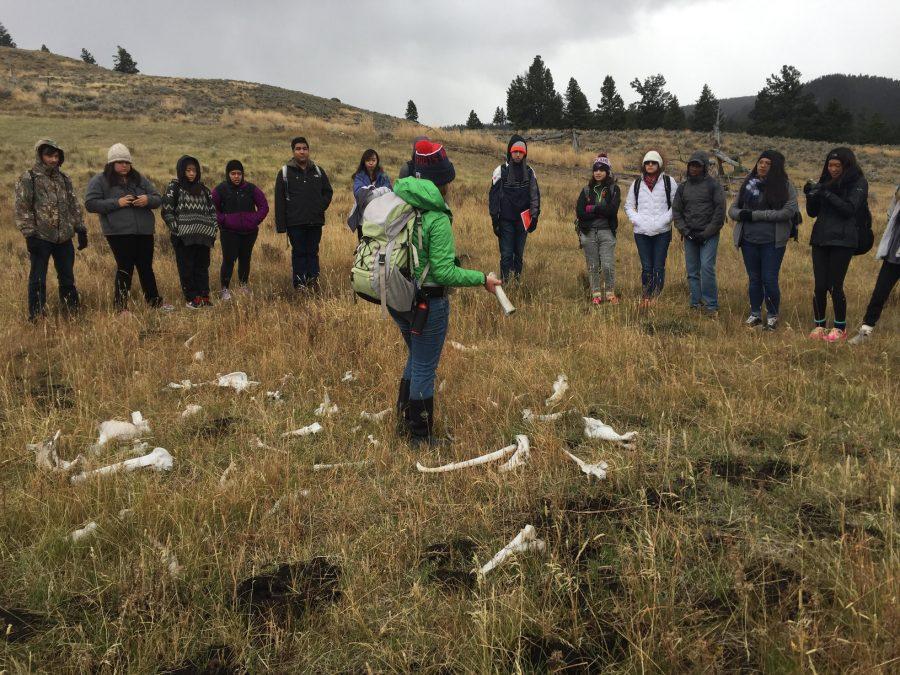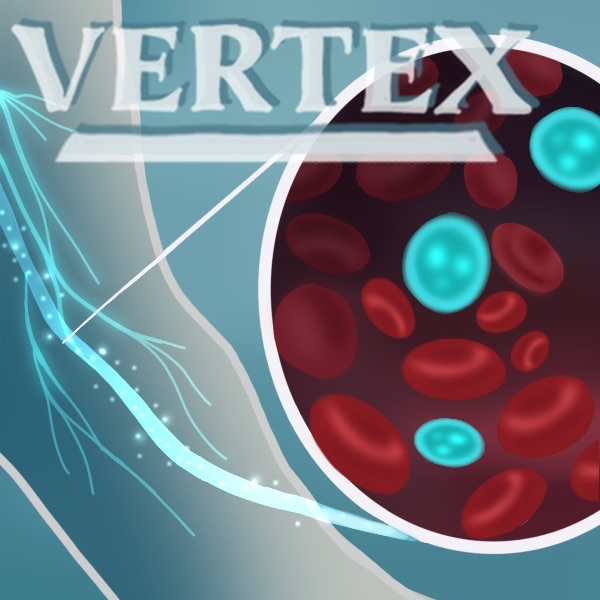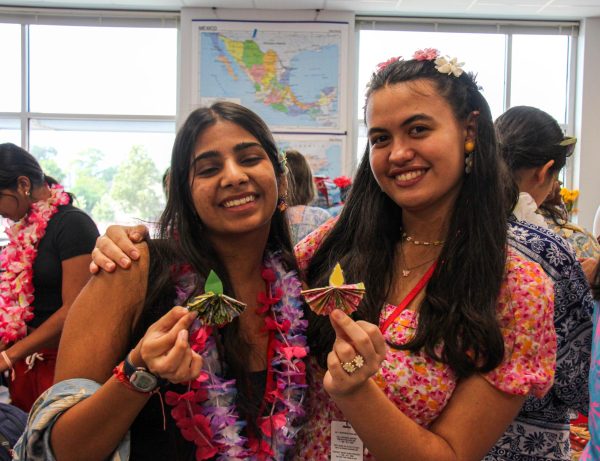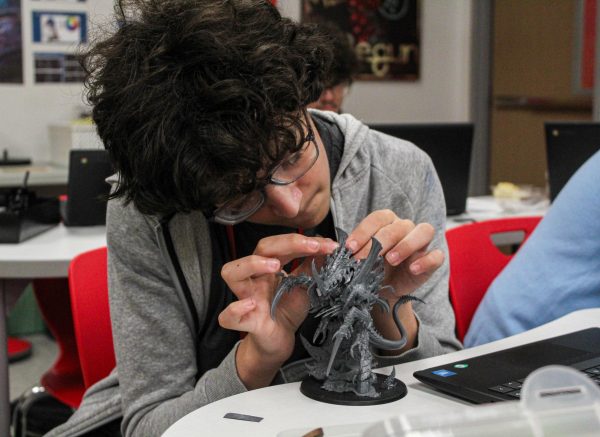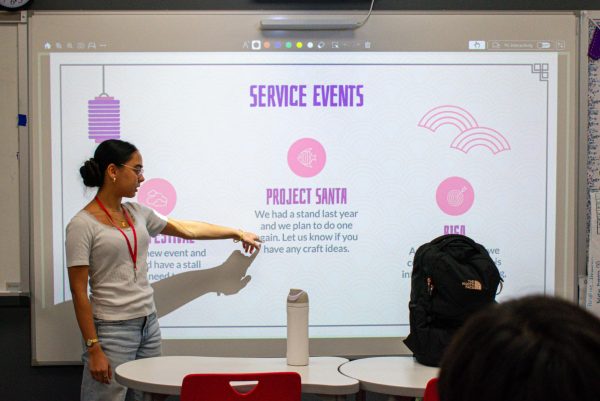Students learn About the environment in Yellowstone National Park
At the beginning of October, a group of students in IB Environmental Systems (ESS), AP and IB Human Geography, and AP Biology spent a week in Yellowstone and Grand Teton National Parks as an extension of the concepts they studied in class. Senior Emily Sanchez explained how the trip related to the classroom.
“I learned about the components and the formation of the surroundings,” Sanchez said, “It was really interesting because it was an extension of what we learned in ESS. Seeing the ecosystems and landforms from a textbook in real life helped me understand them better.”
Temperatures in the national parks were far lower than those in Houston, so students witnessed snow on a near-daily basis. Sanchez described the difference in weather.
“It was the first time I saw snow in my entire life, and everything looked like a postcard,” Sanchez said. “Seeing all the trees and the trails covered in snow was really awesome.”
Senior Jonathan Gurvey, who participated in the trip for the fourth time this year, also enjoyed the colder weather.
“We had a snowball fight and we kids from Houston are not used to that so it was really fun,” Gurvey said.
Students did various activities to learn about the environment. Senior Ines Frazier described her favorite activities on the trip.
“My favorite part of Yellowstone was either the hikes that we did or river testing,” Frazier said. “River testing was the first time that I actually got to do field work and actually have a river as my classroom for the day. I actually fell into a hot spring, so that was kind of scary but fun at the same time. The hikes were really beautiful and peaceful.”
Students learned about various geographical, environmental, and biological features of the parks from ESS and Geography teacher Ann Linsley and Biology teacher Anna Loonam. Sophomore Sarah Eknoyan explained the activities that students participated in.
“We went to different national parks on different days,” Eknoyan said. “We saw lots of geysers, rivers and water features and went hiking around the park. We learned a lot about river systems, the environment, tectonic activities, how Yellowstone Park was formed and how it’s changing.”
Students traveled to different places in Yellowstone and Grand Teton National Parks during the week. Frazier explained some of the locations that the group travelled to.
“Every day we had a new subject or we were in a new state, so we did different things,” explained Frazier. “For instance, the first day in Utah we went and visited the Great Salt Lake, and we learned about the continental divide, the interior seaways and how the area was underwater. Another day we woke up early in the morning and went to see the wolves.”
For the first time, AP Biology students were able to participate in the trip. Gurvey explained the differences from previous years.
“The itinerary this year was a little bit different because some biology kids came with us so they got to do some stuff that was biology related and the whole trip got to tag along,” Gurvey said. “We got to look at wolves. This is also the first time we have seen a moose and we saw a bear, which was really cool.”
Despite the educational objective, the trip was not all serious.
“I basically lived with my friends for an entire week,” Sanchez said. “We all wandered around the towns together and ate together. I really loved it because I got to meet new people and I got closer to my other friends.”
Eknoyan explained the difficulties of making up work after missing a week of school.
“The week I got back was a hard week for students in general, because there was a lot of work, so adding the makeup work on top was really stressful,” Eknoyan said. “But it was worth it, definitely.”
Your donation will support the student journalists of Bellaire High School. Your contribution will allow us to purchase equipment and cover our annual website hosting costs.


